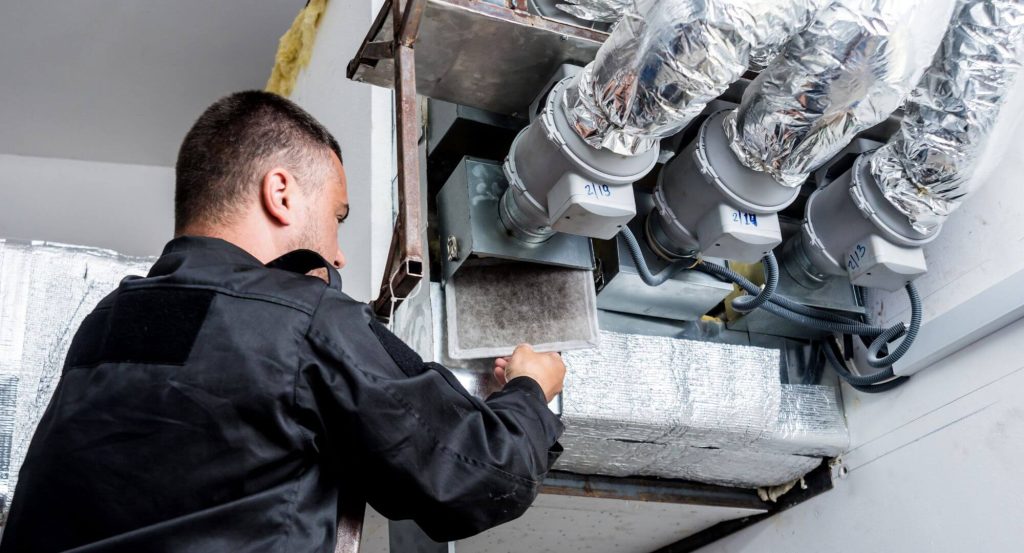Funnel Ants get their name from the state of the passageway to their home, which resembles a cone or funnel in the ground.
Habitat
Funnel ants live in urban areas, forests and woodlands, heath.
Distribution
Funnel ants are found throughout Australia.
Feeding and diet
Funnel ants are generalist feeders and their eating routine incorporates a scope of plant and creature material. They are known to have a commonly gainful association with aphids on plant roots.
The ants take abundance sugary liquid radiated by the bugs as they feed and, consequently, the aphids are shielded from predators. It isn’t unexpected to discover portions of insects and different spineless creatures near the home doors.
Ground-abiding creatures like creepy crawlies fall into the channel and battle to escape before the ants assault. The ants rapidly eviscerate the intruder in question and accept them into the home as nourishment for hatchlings. This enables the ants to decrease the measure of time spent away from the home scavenging.
Other behaviours and adaptations.
Funnel ants get their name from the shape of the entrance to their nest, which is like a cone or funnel in the ground. These funnel-like entrances can be up to 4 cm in diameter and 30 cm deep. The nests can be so broad and thick that their essence can seriously influence soil structure, making it delicate and inclined to fall.
Danger to humans
Funnel ants are aggressive if their home is upset and protect their nest with a sting. An ice pack or commercially accessible spray might be utilized to alleviate the agony of the sting. On the off chance that there is proof of a hypersensitive response, medical attention ought to be looked for.



